Despite all the snow – Spring break is creeping up on us. There are a number of activities to keep kids and tweens busy over the school holiday. Lynn Valley will be bustling with everything from film making to Lego to pollinators. The Ecology Centre is also back with its Wildlife Weeks activities for drop-in fun for all ages.
Film making
 The Lynn Valley Library is hosting a film making camp for students in Grades 6-8 March 23-27. Participants use filmmaking equipment and with the help of filmmaking educators from The Cinematheque come together to make great stories for the screen! Fee for camp is: $290 for a general application, however financial assistance is available for North Vancouver District residents. This is popular, so applications are due Feb. 18!
The Lynn Valley Library is hosting a film making camp for students in Grades 6-8 March 23-27. Participants use filmmaking equipment and with the help of filmmaking educators from The Cinematheque come together to make great stories for the screen! Fee for camp is: $290 for a general application, however financial assistance is available for North Vancouver District residents. This is popular, so applications are due Feb. 18!
Nurturing Nature
The Lynn Valley Ecology Centre has a number of mini-camps for children ages 5-8. These Monday-Wednesday half day camps are a great option for learning and an easy introduction to day camps for those that have never done them before. There are is a mini-camp about Pollinators and one all about out senses. There will be games, crafts and outside time. Cost: $79.95.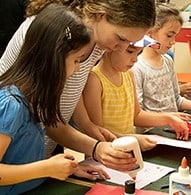
There are also a number of drop-in programs to celebrate the natural world during Wildlife Weeks from March 15-26. All events take place at the Ecology Centre and are available on a on first-come basis. The suggested donation is $2 a person or $5 for a family.
- Great Snakes and Remarkable Reptiles Sunday, March 15, noon to 4 pm, Presenter: Westcoast Reptile Education Society
- Swoop and Soar – Birds of Prey Monday, March 16, 1 pm, Presenter: OWL Rescue
- Our Wild Neighbours Tuesday, March 17, 1 pm, Presenter: Marcy Potter of the Fur-Bearers
- The Caterpillar and Pollywog – Black Light Puppet Show Friday, March 20. Shows begin at 10:30 am, 11:30 am, and 1:00 pm.
- Wild About Mason Bees Monday, March 23, 10:30 am, Presenter: Taren Urquhart
- Night Flyers Tuesday, March 24, 1:00 pm, Presenter: Kirk Miles of BC Community Bat Program
- The Bear Essentials Thursday, March 26. 10:30 am, Presenter: North Shore Black Bear Society
- City Salmon Thursday, March 26, 1:00 pm, Presenter: Fernando Lessa
Get your hands a little dirty
 The much beloved Kudzu Art Studio has found some local space and is back for two camps March 16-20. There is the Art and Animal Camp for school aged kids from 9am-noon. As well as a Tween/Teen drawing and painting camp from 1-4pm. Students will explore a variety of mediums, techniques and artists. Each camp is $300 and details are on the website.
The much beloved Kudzu Art Studio has found some local space and is back for two camps March 16-20. There is the Art and Animal Camp for school aged kids from 9am-noon. As well as a Tween/Teen drawing and painting camp from 1-4pm. Students will explore a variety of mediums, techniques and artists. Each camp is $300 and details are on the website.
Lego time!
There are six camps with space available in Lynn Valley all focused on Lego – plus coding, robotics, animation and more. There are a variety of age groupings with half-day camps for children five-15 years old. The programs will take place at Lynn Valley Village or at the Lynn Valley Rec Centre. Details and registration are at North Van Rec. Prices start range from $175-$195.
Looking for more?
There’s always something fun and exciting happening in Lynn Valley. Check out our Community Events Calendar or learn more about Local Activities, Mountain Biking or Hiking and Walking Trails.

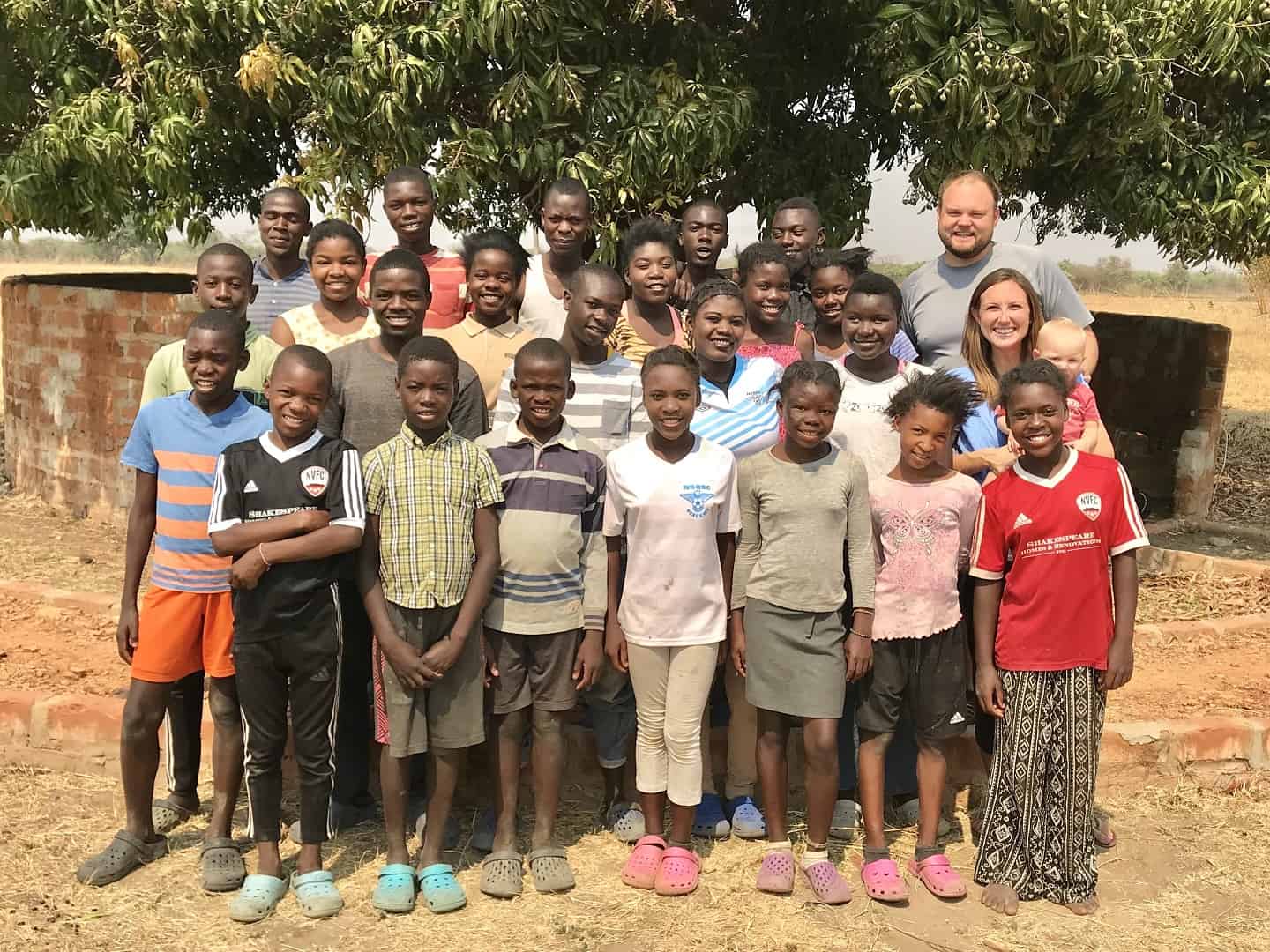
 “We helped raise the money to keep these kids in school but we were compelled to go back because I realized half the kids wouldn’t pass their Grade 7 exams because their English literacy is poor,” she said. “If they can pass their government exams they can stay in school. Once they can read – it’s their ticket to achieve their potential.”
“We helped raise the money to keep these kids in school but we were compelled to go back because I realized half the kids wouldn’t pass their Grade 7 exams because their English literacy is poor,” she said. “If they can pass their government exams they can stay in school. Once they can read – it’s their ticket to achieve their potential.” After months of research, planning and creating Grade 7 students at Lynn Valley Elementary will be holding a Young Entrepreneur Fair Monday, Nov. 18 from 6-8 p.m. at the school.
After months of research, planning and creating Grade 7 students at Lynn Valley Elementary will be holding a Young Entrepreneur Fair Monday, Nov. 18 from 6-8 p.m. at the school.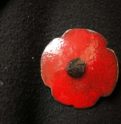
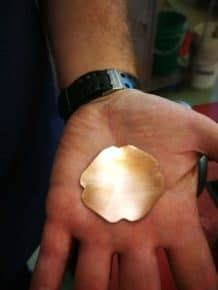

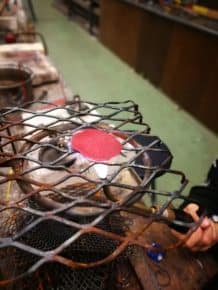
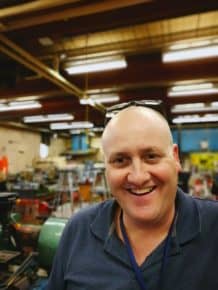
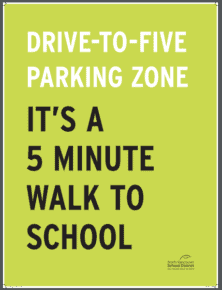
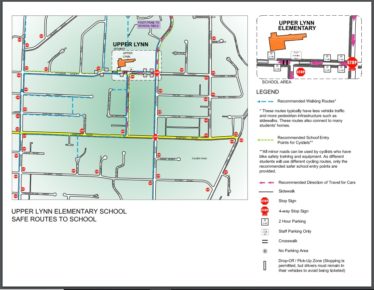 SD44, the North Vancouver RCMP, ICBC, the City of North Vancouver and the District of North Vancouver, offer these tips for planning and practicing your active routes to school:
SD44, the North Vancouver RCMP, ICBC, the City of North Vancouver and the District of North Vancouver, offer these tips for planning and practicing your active routes to school: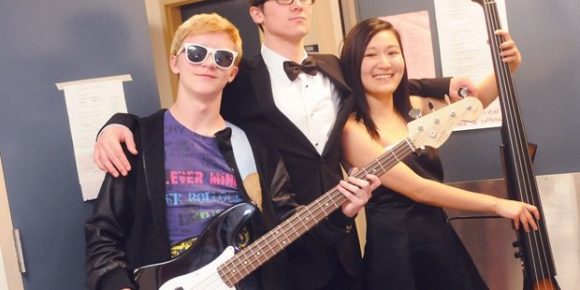 The annual evening of music, silent auction and dining will take place at May 12 at 6 p.m. at Mulgrave Theatre in West Vancouver. This year’s event – titled
The annual evening of music, silent auction and dining will take place at May 12 at 6 p.m. at Mulgrave Theatre in West Vancouver. This year’s event – titled 
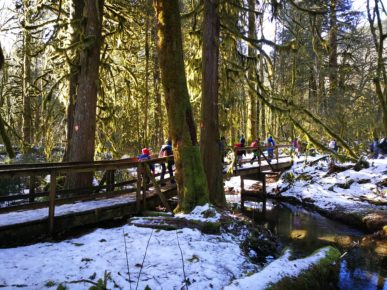
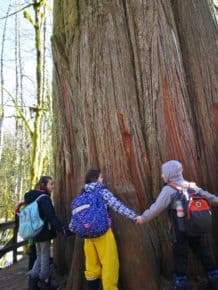
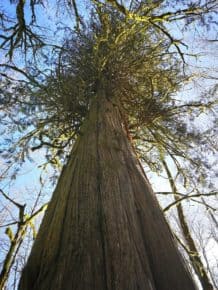
 The whispers begin even before the field trip forms go home. They have heard from older students…. The smoke…. The fire….The longhouse. In a day of many memories, the longhouse at Cheakamus Centre leaves the most lasting impression. The imposing – yet cozy – structure is the centerpiece of the program.
The whispers begin even before the field trip forms go home. They have heard from older students…. The smoke…. The fire….The longhouse. In a day of many memories, the longhouse at Cheakamus Centre leaves the most lasting impression. The imposing – yet cozy – structure is the centerpiece of the program. 
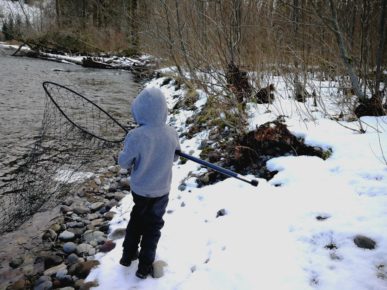 Another key piece of the program is experiencing the traditional day-to-day tasks of the Coast Salish people. Groups of students were able to participate in two experiences, choosing from Plant Gatherers, Wood Workers, Cedar Bark Workers, Wool Weavers, or Hunters/Fishers.
Another key piece of the program is experiencing the traditional day-to-day tasks of the Coast Salish people. Groups of students were able to participate in two experiences, choosing from Plant Gatherers, Wood Workers, Cedar Bark Workers, Wool Weavers, or Hunters/Fishers.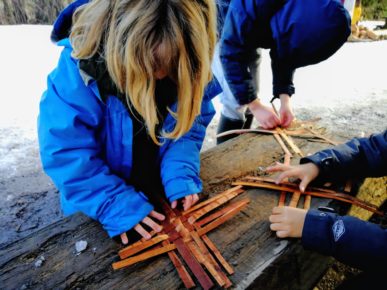 Alongside the longhouse and the outdoor cooking fire, students settled into patiently weaving cedar strips. The slow practice was carefully guide by Elder Henry. He shared photos of elaborate projects inspiring the students to focus harder on their works.
Alongside the longhouse and the outdoor cooking fire, students settled into patiently weaving cedar strips. The slow practice was carefully guide by Elder Henry. He shared photos of elaborate projects inspiring the students to focus harder on their works. 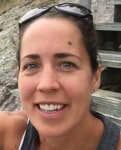
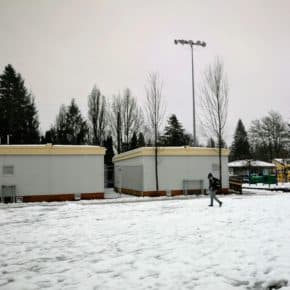 Unlike most other schools in the community, Lynn Valley Elementary has little more than pavement and gravel, said Shore. There aren’t any natural spaces. This prompted parents more than five years ago to start a committee to revamp the area with more natural features and improved playspaces. The process of fundraising and planning began. In the meantime, almost 100 students were added to the school.
Unlike most other schools in the community, Lynn Valley Elementary has little more than pavement and gravel, said Shore. There aren’t any natural spaces. This prompted parents more than five years ago to start a committee to revamp the area with more natural features and improved playspaces. The process of fundraising and planning began. In the meantime, almost 100 students were added to the school.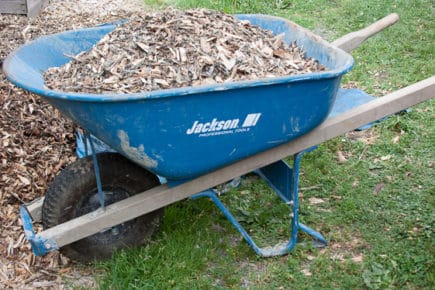 “We know most people maybe can’t afford a swing ($500), but maybe they can sponsor a wheelbarrow of wood chips ($25) or post ($100),” she said. “A lot of money we raise goes to things the community don’t usually get to see – like technology in the classroom, or field trips, or special guests. This is something where you will see the impact every day and for years to come.”
“We know most people maybe can’t afford a swing ($500), but maybe they can sponsor a wheelbarrow of wood chips ($25) or post ($100),” she said. “A lot of money we raise goes to things the community don’t usually get to see – like technology in the classroom, or field trips, or special guests. This is something where you will see the impact every day and for years to come.”